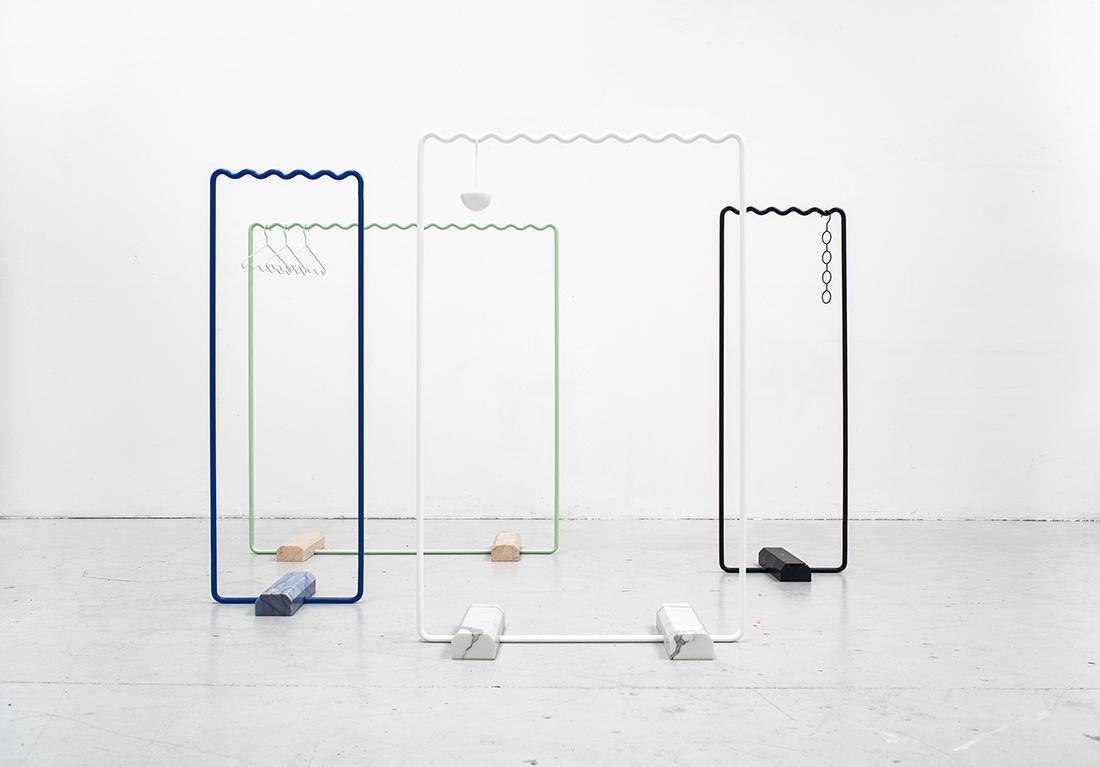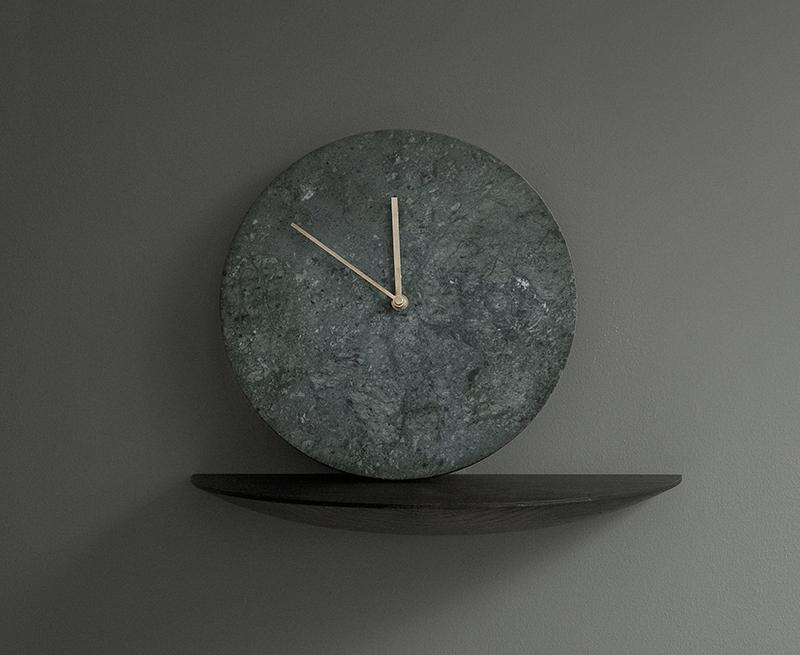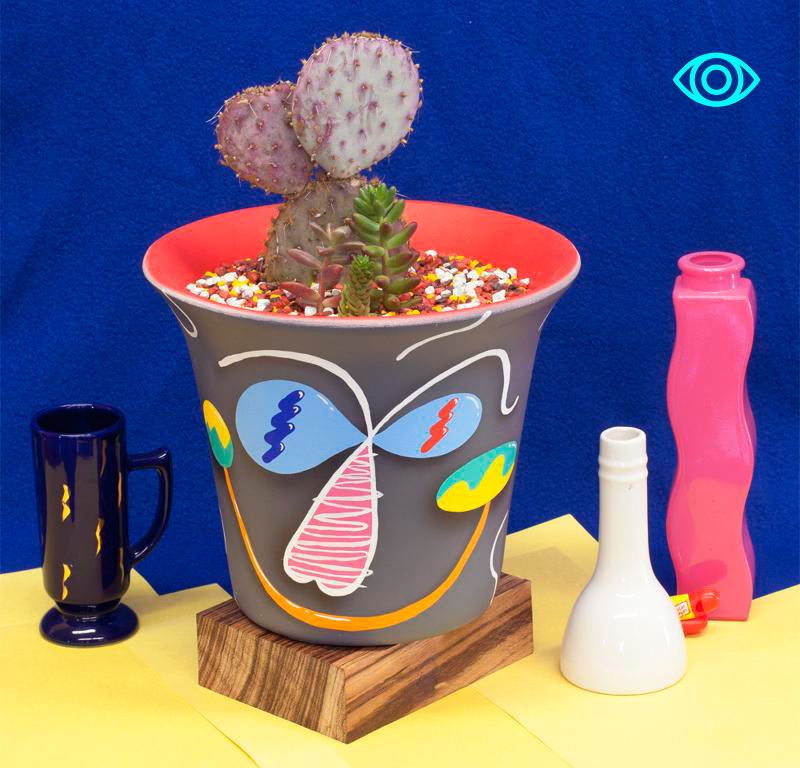
09.04.14
8 Things
Andy Coolquitt, Artist
“It was a weird thing for a kid growing up in a Baptist family to collect,” says Andy Coolquitt of the whiskey bottles that formed his earliest stockpile. “I was interested in the beautiful, sculptural shapes of the bottles and the graphic design of the labels. It was something we didn’t have in our house, so it was a bit exotic. I had them displayed in this little cave-like space off the garage.” The now Austin-based artist was raised in Mesquite, Texas, in what he describes as a “bland, boring suburban existence,” with little “interest in visual culture.” Rebellion came in the form of “having a whole lot of stuff around me and letting that stuff dictate my aesthetic.”
Since then, Coolquitt has literally turned obsessive scavenging into an art form. Metal pipes and tubing, plastic lighters, aluminum cans — these are just a few of the found materials he repurposes and transforms, setting them up in conversation with each other and giving them a life-like, almost human quality. He’s constantly on the lookout for cast-offs. “Every time I drive or walk or ride my bike, I’m always doing it.”
It’s always been as much about the process of drifting around the city, as the objects he picks up and the works he eventually makes from them. “I consider everything that I do part of my practice, whether it’s talking, walking, collecting, curating, arranging, writing, making a functional design object for a company, or making a sculpture for a gallery. There’s no reason to separate.” His sculptures can look like they belong in a high-end design showroom, and in fact, a few are currently available at Matter: recreations of a side table, console, and coffee table he’d found in the street. “I just see everything as sculpture. If you’re making a sculpture, it’s not a big stretch to make a piece of furniture; to make a light fixture, it’s not a big stretch to make a house.”
And that’s exactly what Coolquitt did, building a live/work/performance space/ongoing art project in Austin, which he’s called home since 1994. How people inhabit and move through physical environments is a key concern for him. For his latest solo show, which opens this weekend at Lisa Cooley in New York, he’s focusing on the ways in which we understand a sense of place. “It could be totally impossible to create a sense of place at an art exhibition. But I’m gonna try anyway.” If Coolquitt makes work that “wants to be on the fence,” the same could be said of the things that influence him. The following objects, places, and people affect him in ways that aren’t easily classifiable. But you can see in these picks his long-standing interests in domesticity, sociability and spatial relationships, collecting and arranging — as well as the spillover zones where the distinctions between art and life, and form and function, cease to matter much.
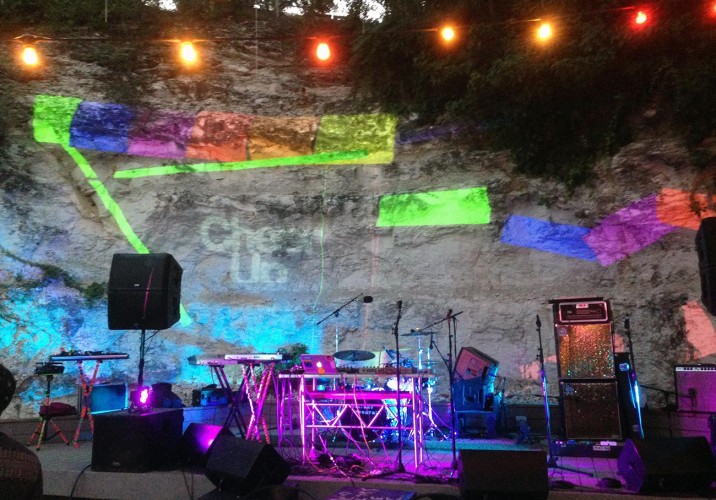
“The people, the fashion, and the music” at this Austin bar have made it Coolquitt’s go-to for years. It recently moved across town, and “even though they used to be right around the corner (East side), and I hate what the Red River scene has become (West side), it’s still my fave place to drink,” says Coolquitt.
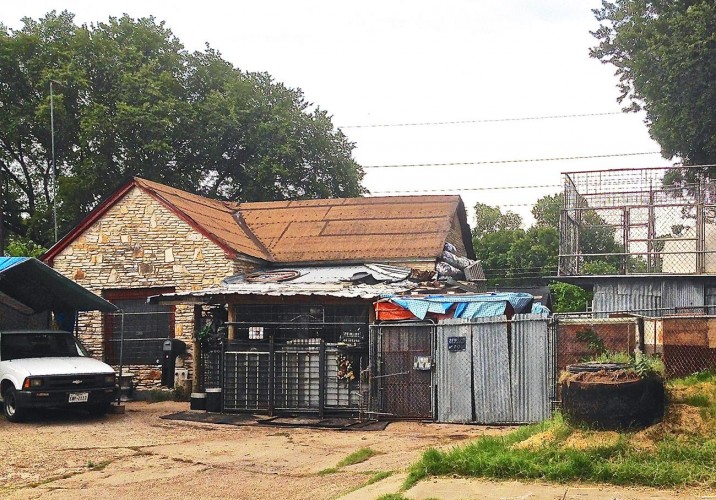
“I pass this guy’s house on my way to the pool every day. There’s usually a very mean dog in that sky-cage on the right, and several little yappy dogs in the cages securing his porch. I love his paranoia aesthetic. Very early Frank Gehry.”
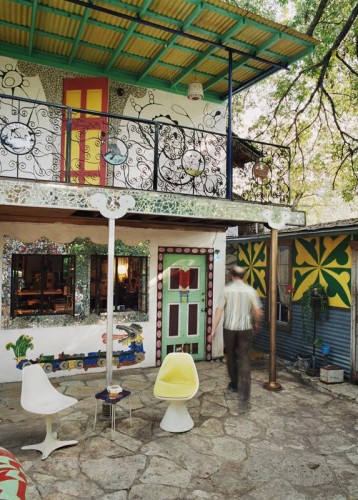
For the last 20 years, Coolquitt has lived and worked in this communal space, a project he began while pursuing his MFA. “My work was leaning more and more towards interior design, but we were calling it installation art because we were in art school.” At the same time, he was interested in Allan Kaprow, whose “happenings” aimed to integrate art and life. “These two things coincided and I proposed this house for my thesis project. That’s why it’s got a title.”
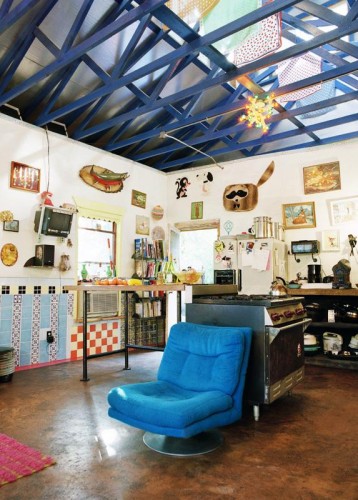
Eight people currently live here. “It’s changed since the early days, when people would come over all the time,” and the parties drew crowds of 500. Still, Coolquitt connects this house to the idea that “especially in Texas, we grow up brainwashed to think that comfort and privacy are related to isolation and being separate from all the problems of the world and all the people that are annoying you. This is different from living in a dense city and having to negotiate creating some form of comfort or privacy or communal comfort.”
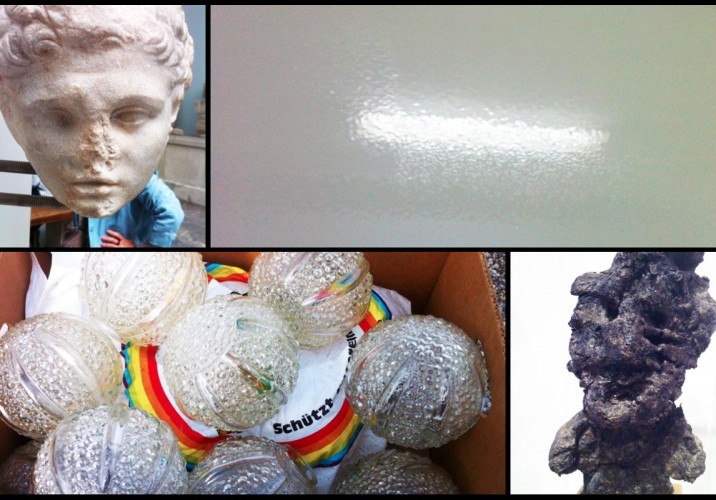
“I discovered this stupid trick last year when I had to make a slideshow of images from a residency at 21er Haus in Vienna. The theme in iPhoto is called ‘Sliding Panels,’ and it grabs images from your file, in no particular order and makes these incredible collages. They only flash on the screen for a few seconds while syncing to your favorite music.“
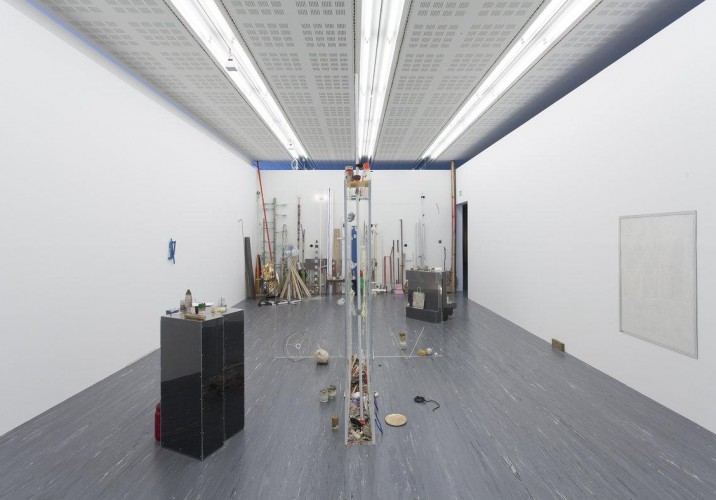
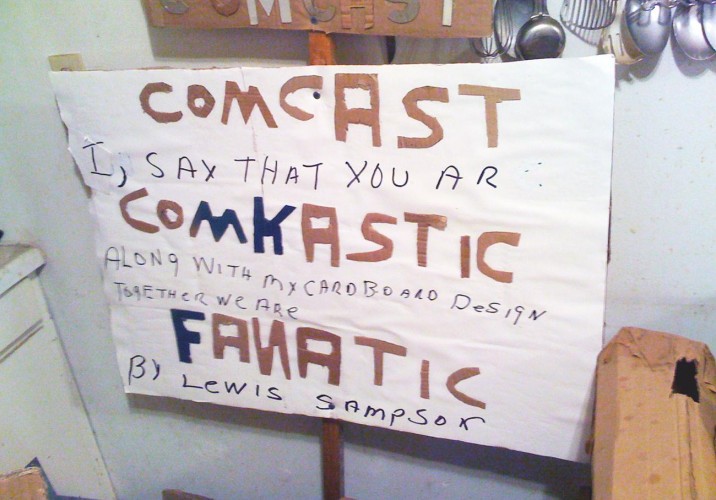
“Lewis Sampson is a Houston artist that you are going to be hearing about in the future. His primary material is cardboard (and poetry). He lovingly remakes all the banal shit that we are surrounded with and makes it better. His house is like a crazy studio.” The link to Coolquitt’s work: “I’ve been interested in folk art my whole life. I’ve written about it and my house is related to a lot of indigenous architecture. I don’t collect folk art but I collect junk and I use a lot of collections and multiples in my art work.”
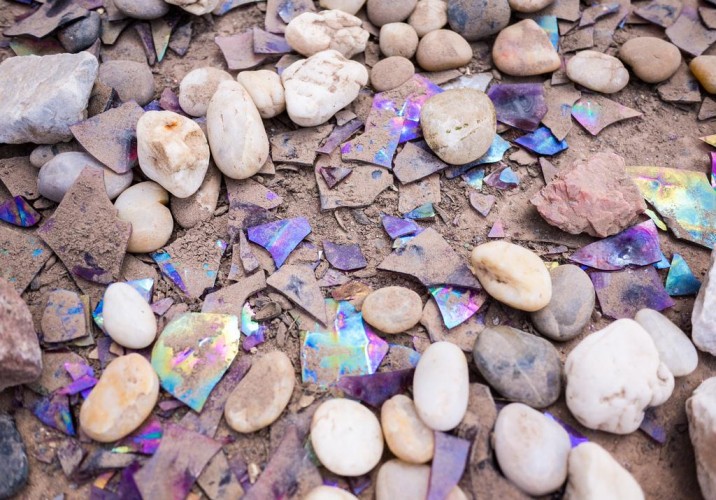
Austin-based visual artist/DJ/producer Ben Aqua and Coolquitt have been friends for a long time. “I’m 50 this year, and I feel it. I have a hard time getting interested in a lot of kids’ electronic music, but when I see that Ben’s playing somewhere, I’ll go. I like being pulled out of my old man world.” Above: Aqua’s 2014 photo pile of cute stuff
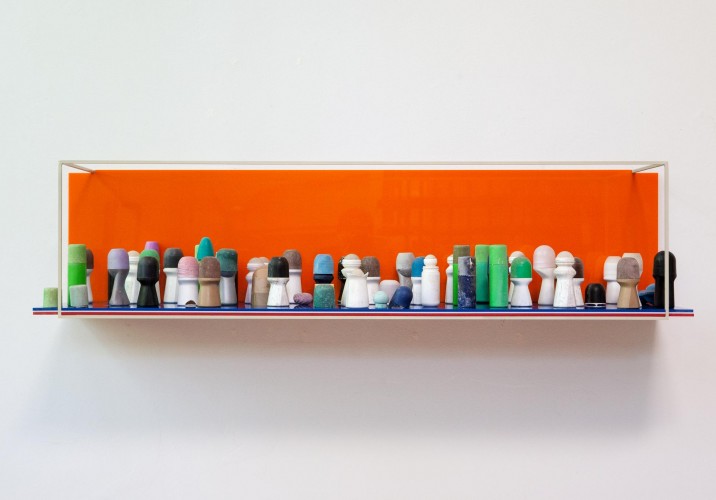
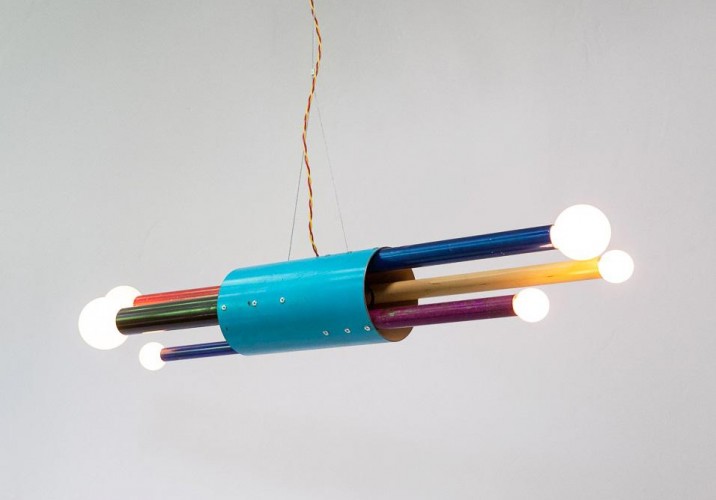
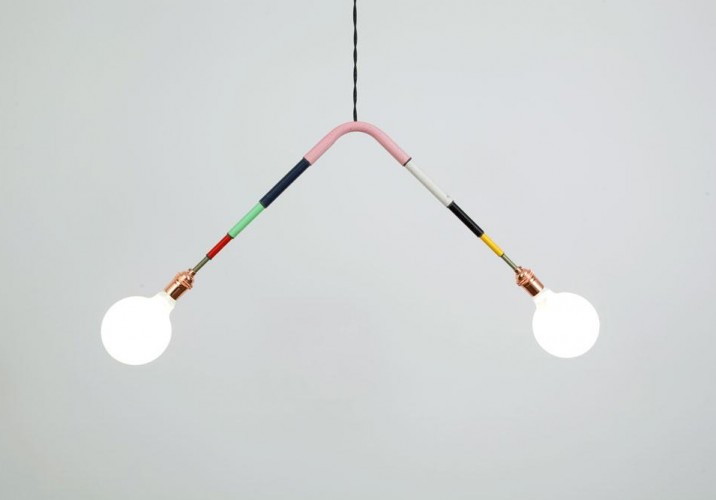
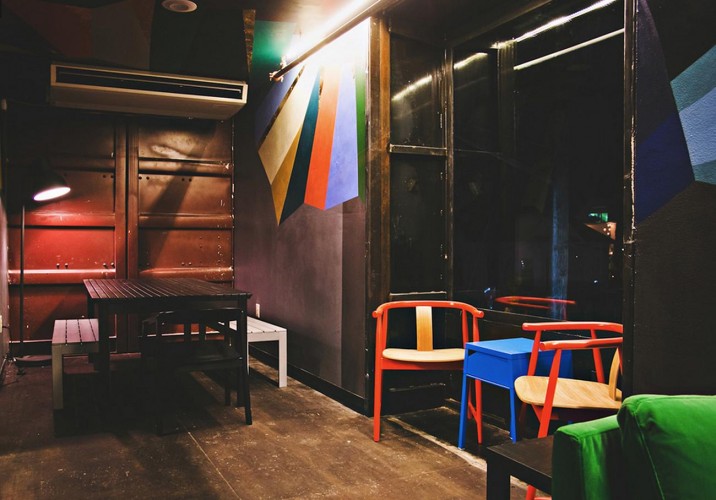
A mutli-disciplinary artist and designer, Marchesseault is one of Coolquitt’s “favorite people of all time.” Formerly based in Austin, she is now “killin’ it in NYC, from painting restaurant interiors and domestic murals to creating fucked up scenics for Adult Swim.”
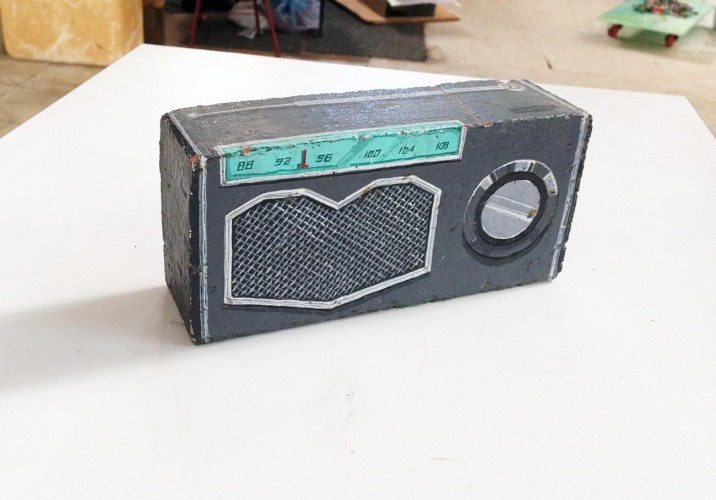
“I found this in an abandoned graphic design studio about 25 years ago. Why somebody would leave this gem behind is still a mystery to me.” The trompe l’oeil brick has never made its way into any of Coolquitt’s assemblages or tableaux, but has “always been very prominently displayed in my office.”
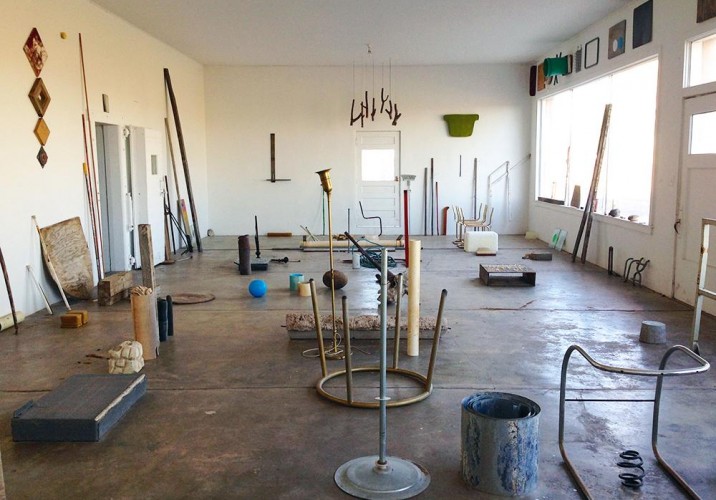
This past spring, Coolquitt had a residency at the Chinati Foundation in Marfa, TX, where he produced this show in an old storefront on a main street downtown. “I would leave the door open and people would walk in and talk. I heard that a lot of artists put up butcher paper on the windows and don’t engage with the public. But I didn’t want to be holed up in a studio, I didn’t want to fabricate anything, I wanted to collect and be out and about. I started bringing this stuff into this room and arranging it. That’s all that’s going on here, very little manipulation by my hand.”
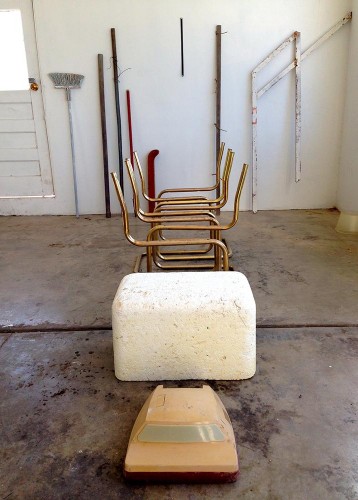
“I’ve never been a big fan of much minimalist art, so I was not super-excited to spend three months within the cult of Donald Judd, but it was really good for me, and for my practice. The vibe of this place is really artist-friendly. I felt great there, just really open, being in the desert, surrounded by friendly people who weren’t in a hurry.”
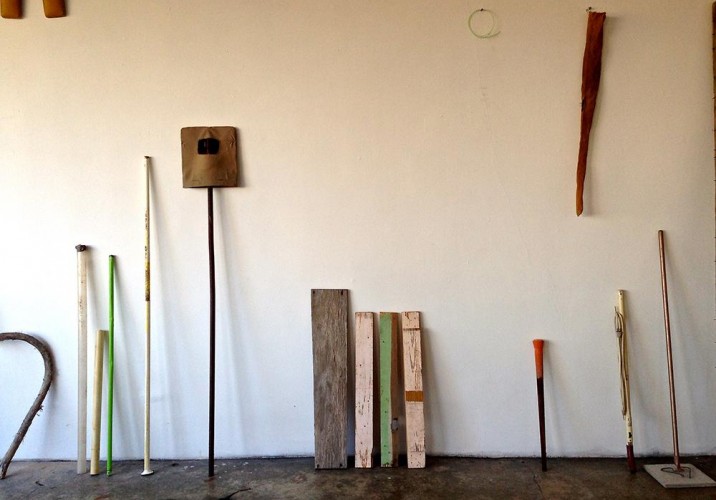
“I collected all this stuff in about a month and a half, within 60 miles of Marfa. I would meet people and we’d just start talking. Turns out, it’s really easy to strike up a conversation when you’re talking about junk. People love to talk about junk. This lady invited us for Easter. ‘Come over and look through my junk pile.’ Like, really? Okay. The town itself is about 2000 people and everybody is a collector. Everybody has a pile of junk in the backyard.”
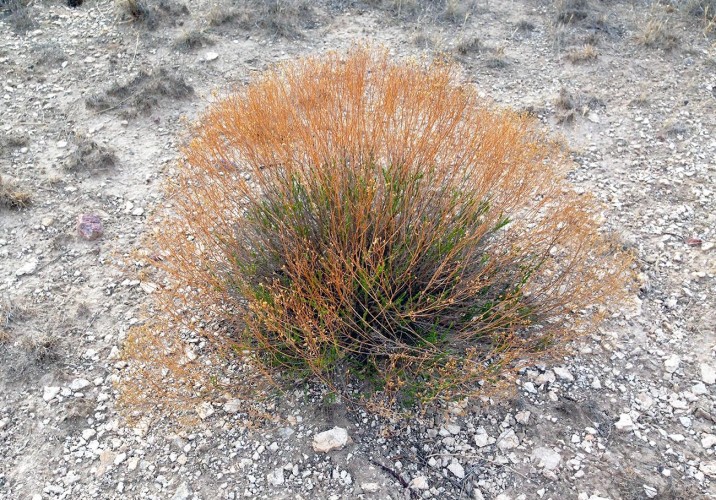
“Initially, I was a bit anxious about spending so much time in the middle of nowhere,” says Coolquitt of his residency at Chinati. Much of his work is based upon living in a city and he doesn’t have “a particular interest in undisturbed nature.” But he did take pictures of the desert flora. “This one was a standout. The dead and the living inside of each other.”
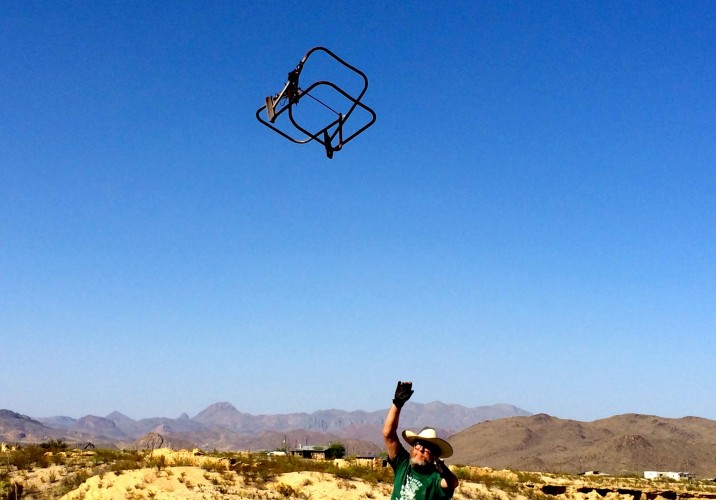
During his Chinati residency, Coolquitt spent time in Terlinqua, TX, about an hour and a half south of Marfa. “It’s an old ghost town, a mercury mining town. It’s been like a burn-out place forever. It’s really a lawless zone, a border town right on Rio Grande, a bunch of total sun-baked, desert-rat hippies living in vans.” Just imagine the junk piles.
